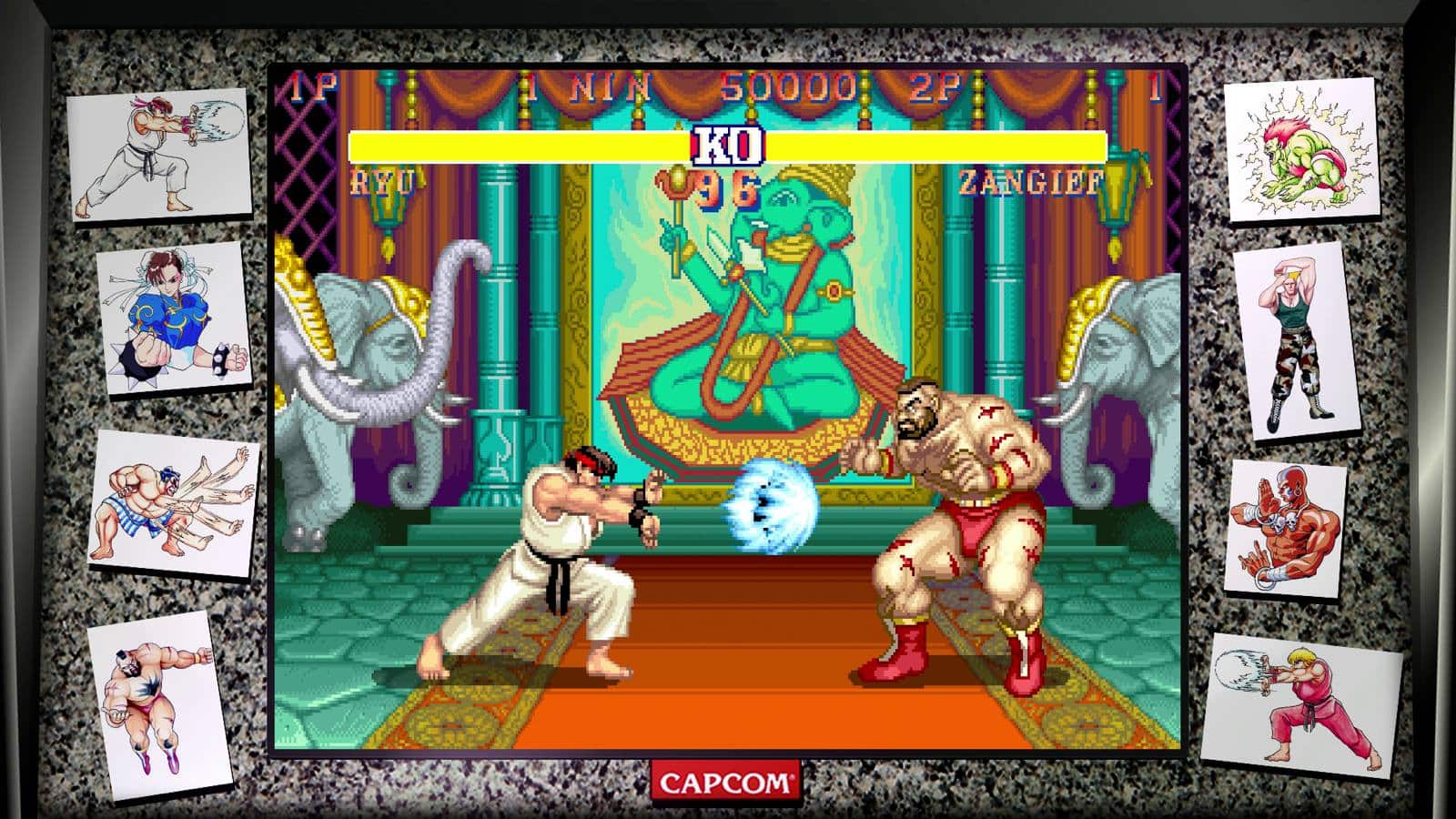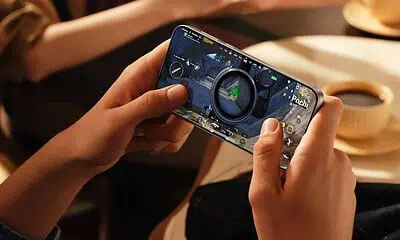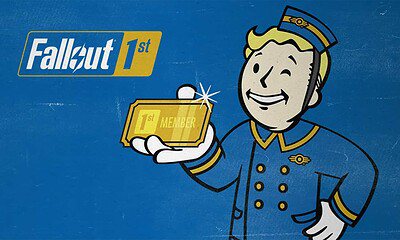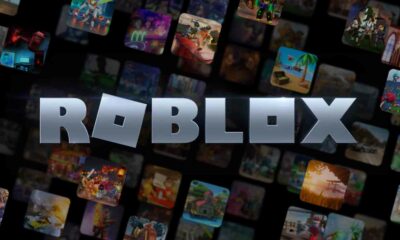Gaming
Review: Street Fighter 30th Anniversary Collection
A decent price tag for a sweet slice of nostalgia, but some performance issues and lack of many gameplay options limit how much longevity you’ll get out of it.

Just a heads up, if you buy something through our links, we may get a small share of the sale. It’s one of the ways we keep the lights on here. Click here for more.
[letsreview postid=”64024″]
As KnowTechie’s resident fighting game guy, it’s only natural that my love for Street Fighter goes all the way back to the original days where Ryu fought with awful red hair and even worse red house slippers. Encompassing the idea of cashing in on nostalgia once again, Capcom lovingly returns to provide us with the Street Fighter 30th Anniversary Collection, all of the canon arcade Street Fighter titles in one handy little package.
Running the gambit of games, instead of a formal collection and vagaries for the sake of making you guess which game I might be talking about at any certain moment, let’s talk about the games in mini-subsections. Yay for making this a significantly easier read!
Street Fighter
The original Street Fighter is fucking terrible really struggles to hold up well in comparison to the rest of the collection. While it’s true that several characters famous to the series actually got their start in Street Fighter (aside from Ryu, Ken, and Sagat) most people forget that guys like Adon, Birdie, and Gen were present as generic and seemingly forgettable nameless fighters in the original Street Fighter. It’s important to know where these characters came from instead of just being like “who the fu–” when getting to the Alpha and SF3 games in the Street Fighter 30th Anniversary edition.
There’s not much to say about Street Fighter as it’s the basic idea of flying to each area of the world, fight the fighters, ultimately ending up in Thailand for the final showdown with Sagat. Special moves exist, but they’re extremely hard to reliably execute – probably because Street Fighter originally was controlled with pressure sensitive pads that were trash and wore out quickly. The controls suck, and the game itself is pretty awful, but hey, you get a trophy in the Street Fighter 30th Anniversary Collection for beating the story mode.
Street Fighter 2
I’m actually just going to lump Street Fighter 2, CE, and Hyper Fighting together cause they’re basically just remixes of the game everyone’s played more times than they could ever possibly count. Street Fighter 2 was the game that revolutionized 2D fighters and started a genre that’s still beloved even to this day. While the original Street Fighter only allowed you to choose one of the original eight fighters, Championship Edition added playable access to the games four main bosses: Balrog, Vega, Sagat, and M. Bison.
Hyper Fighting is basically just Championship Edition, only faster and you can do certain special moves in mid-air that previously required being stationary. While these games are arcade perfect, there is a bit of noticeable input delay. Moves have to be executed a lot more deliberately than they are in games like Street Fighter IV and V. Because of this, you may find yourself struggling with the basics of Hadouken spam since you’re not used to having to put a half-second delay in your quarter-circle forward and then punch input.
Super Street Fighter 2
Super Street Fighter 2 and SSF2 Turbo are what cemented Street Fighter 2 as possibly the greatest fighter of all time. Adding new characters to the mix – Deejay, Fei Long, T. Hawk, and Cammy – Super Street Fighter 2 made the game look even nicer while giving players more options for coin-operated combat.
Updating to Super Street Fighter 2 Turbo also added the Super meters which allowed for super combo finishes and continued to revolutionize the movement that they started, as well as the first ever hidden boss character named Akuma. Both Super Street Fighter 2 and Turbo also still have the input delay issues which make them harder to play that most might remember.
Street Fighter Alpha: Warrior’s Dreams
Street Fighter Alpha once again upped the ante by adding the three-level super meter to the formula, allowing for devastating super combos not available in previous games and expanding on the foundation of what was started with Super Street Fighter 2 Turbo, while also adding other gameplay mechanics such as fall breaks, alpha counters, etc. Additionally, Street Fighter Alpha also introduced new characters such as Charlie Nash (who basically replaced Guile), Rose, and Dan.
Perhaps my favorite part of Alpha is that they made Final Fight canon within the Street Fighter universe, by adding Guy and Sodom, who was a boss character in Final Fight. Street Fighter Alpha still also suffers from the input lag, though it’s not quite as bad as what shows up in the Street Fighter 2 games.
Street Fighter Alpha 2
Street Fighter Alpha 2 updated the combo system and changed the way Street Fighter played going forward, but the biggest reason that it’s got its own section is that this is the first game in the collection that feels “normal” as far as input delay goes. This game is also the one that brought back Gen for the first time since the original Street Fighter and added Rolento from Final Fight. Also included is Sakura – the series favorite school girl who’s obsessed with Ryu and emulates his fighting style. Shin-Akuma and Evil Ryu also made their debuts in Street Fighter Alpha 2.
Street Fighter Alpha 3
While released after Street Fighter III: 2nd Impact, Street Fighter Alpha 3 a third fighting style, as well as characters like Cody, Karin, Rainbow Mika (who you now know from Street Fighter V), and hidden characters like Juni and Juli. Street Fighter Alpha 3 is probably the best playing game in the entire collection on a technical level and feels fantastic.
Street Fighter III: New Generation
The entirety of Street Fighter III seems to have been how long can we actually make these game names before people stop noticing. Street Fighter III: New Generation heralds the name because it scraps every fighter from the franchise except for Ken and Ryu. This introduced Alex, Dudley, Elena, Ibuki, Necro, Sean, Yang, Yun, Oro, and Gill – the first of Street Fighter’s weird elemental super powered boss lines like Seth from Street Fighter IV.
Street Fighter III introduced the parry system, as well as the dash system previously seen in Darkstalkers, and the idea of Super Arts which brought Street Fighter into the current era. Street Fighter III: 2nd Impact – Giant Attack added EX special moves to the game while also adding Hugo (Andore from Street Fighter), a returning Akuma, and Urien. Street Fighter III: 3rd Strike – Fight for the Future added guard parries, graded letter systems for fights, and new characters Makoto, Q, Remy, a returning Chun-Li, and Twelve. Much like Street Fighter Alpha 2 and 3, these games are all glorious and super fun to play.
Now that the games have been broken up for history and details, note that only the best of the best are actually playable online. Those games being Street Fighter II: Hyper Fighting, Super Street Fighter 2 Turbo, Street Fighter Alpha 3, and Street Fighter III: Third Strike – Fight for the Future. Seems like a waste to include all these versions of Street Fighter and only make four of the twelve games playable online. At least the local multiplayer works, but just like these games stand alone in stores with no challengers lining up any longer, so do our consoles as most of us don’t have local competition inside the home. That’s sort of a bummer if you prefer Street Fighter Alpha 2 or the base Street Fighter II over the more complete versions.
The museum is a nice touch of history for Street Fighter fans or for those who want to know more about the characters and where they came from, but the real gem is the documentation of how Street Fighter II came to be. There’s like a 70-some odd page slideshow, which shows how Street Fighter II originally was scrapped for Final Fight, only to be revived due to demand from the USA because of the success of the original Street Fighter. Crazy to think that the idea of such a terrible mess sparked a revolution.
At $39.99, this package is a little pricey but feels a lot more on the side of a value than a complete price gouge like Ultra Street Fighter II was for the Switch. If you’re a Street Fighter fan, you’ve undoubtedly already picked this up, but if not, even with some performance issues, it’s still a solid pick up. The trophies are pretty weak though, and there’s no Platinum, so I’d highly recommend you pick it up on the Switch so you can take it wherever you’d like.
Street Fighter 30th Anniversary Collection was reviewed on the PlayStation 4 and was provided for review by Capcom.





































